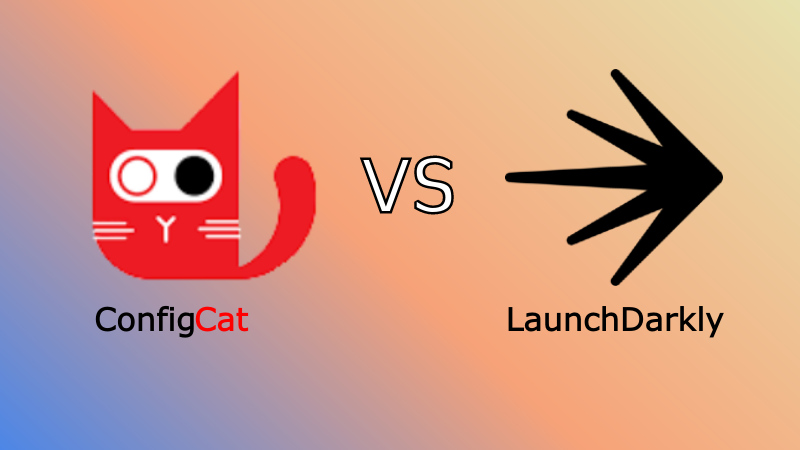Using Feature Flags in a React.js Application
In this post, I'm going to be demonstrating how to integrate ConfigCat's feature flags in a React application. I will build a simple, pretty easy-to-understand application that simulates a race between three cars. Let's get started!












